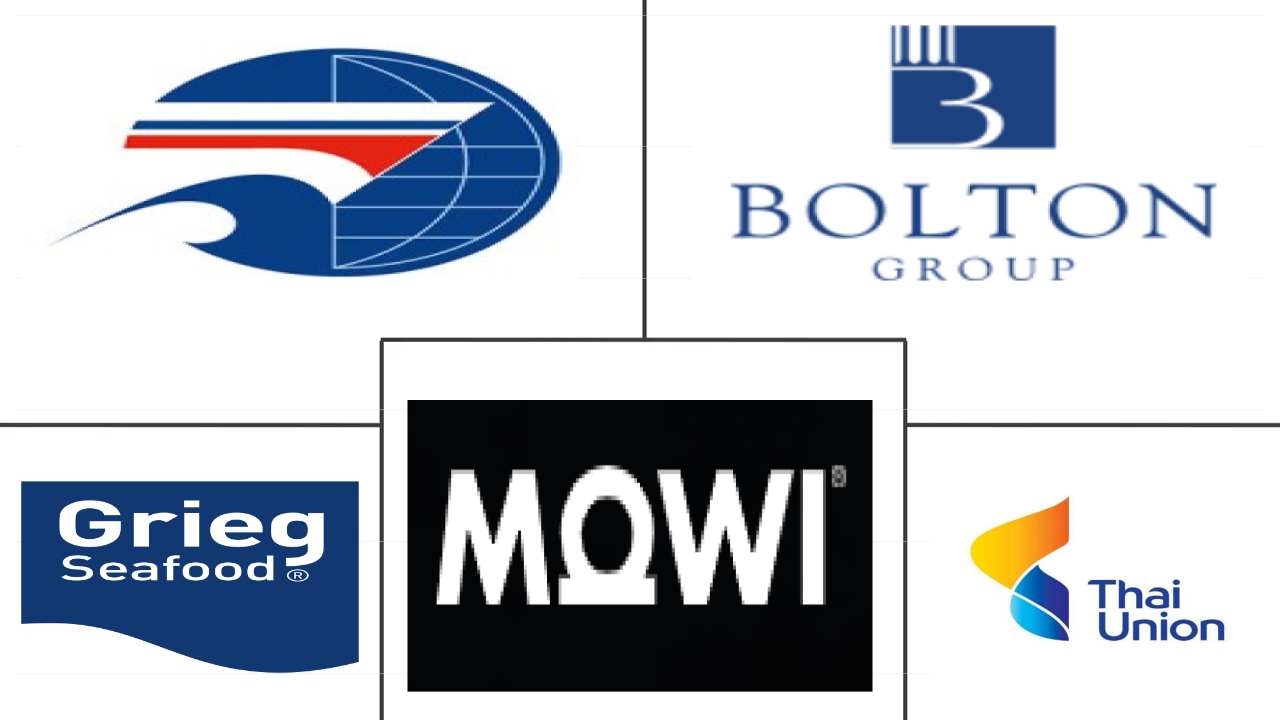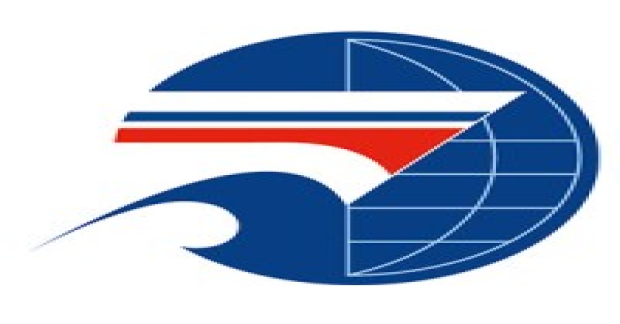Market Size of europe seafood Industry
| Icons | Lable | Value |
|---|---|---|
|
|
Study Period | 2017 - 2029 |
|
|
Market Size (2024) | USD 68.64 Billion |
|
|
Market Size (2029) | USD 71.20 Billion |
|
|
Largest Share by Type | Fish |
|
|
CAGR (2024 - 2029) | 0.74 % |
|
|
Largest Share by Country | France |
Major Players |
||

|
||
|
*Disclaimer: Major Players sorted in no particular order |
Europe Seafood Market Analysis
The Europe Seafood Market size is estimated at 68.64 billion USD in 2024, and is expected to reach 71.20 billion USD by 2029, growing at a CAGR of 0.74% during the forecast period (2024-2029).
68.64 Billion
Market Size in 2024 (USD)
71.20 Billion
Market Size in 2029 (USD)
1.96 %
CAGR (2017-2023)
0.74 %
CAGR (2024-2029)
Largest Segment by Type
72.87 %
value share, Fish, 2023
The household expenditure on European fish products grew by around 20% in 2021. The demand for preserved and processed fish products is also projected to increase in the future.
Largest Segment by Country
14.06 %
value share, France, 2023
Seafood companies and suppliers in the country are constantly improving their product offerings in the seafood segment to cater to high-income consumers in urban areas.
Fastest-growing Segment by Type
0.95 %
Projected CAGR, Shrimp, 2024-2029
The consumption and supply of Pacific white shrimp are expanding across Europe, setting regional trends with distributors selling products derived from the variety.
Fastest-growing Segment by Country
1.16 %
Projected CAGR, Netherlands, 2024-2029
The rise in demand for other seafood products like pollock in raw and processed forms drives the sales of seafood. Seafood processors may find it challenging due to the war.
Leading Market Player
3.55 %
market share, Austevoll Seafood ASA, 2022

The company has all parts of the value chain, including farming, fishing, processing, and distribution, offering various fish types and other processed seafood products.
The expansion of aquaculture farms and processing facilities is propelling domestic seafood production in the region
- The majority of seafood consumed in the region is fish, and some of the most popularly consumed species are tuna, cod, salmon, and Alaska pollock. Tuna is the most consumed seafood species in Europe, which is further increasing with the rise of Asian cuisine restaurants in the region. In 2021, tuna consumption in the European Union reached 3.07 kg per capita, from 2.78 kg per capita in 2018. Fish is primarily consumed in the frozen form in Europe, making up more than 45% of total consumption in 2022. The European canned seafood processing sector is mostly concentrated in Southern Europe, where Spain, Italy, France, and Portugal are the key players. Europe still imports canned fish from non-European nations to meet the domestic demand due to its high consumption.
- Shrimps are projected to register the highest growth, with the sales value recording a growth of 3.13% during 2017-2022. Although quite small, organic shrimp consumption is predicted to increase as consumers become more socially and ecologically conscious. The European Union estimates that 62% of that shrimp comes from the wild and 38% from aquaculture, of which approximately 85% to 90% consists of Pacific white shrimp and about 10% black tiger shrimp.
- France was observed to dominate the market, occupying a share of 14.03% by value in 2022. The increasing demand for seafood in France is mainly due to consumers' taste preferences - 50% of people consumed seafood once or twice a week in 2021. Around 97% of the French population consumes seafood, and 32% said that they intend to consume more seafood products. Among seafood, fish occupied a market share of around 70%, followed by shrimp and other seafood like crabs and oysters.
Growing health consciousness is primarily driving the seafood market across Europe
- Even though a few countries, such as Norway and Russia, produce significant quantities of seafood, Europe is a net importer of seafood. Value-added shrimp and canned fish products have the greatest potential in European markets. With large appetites for seafood, countries in southern Europe are the major consumers of seafood products in the region. France accounted for the major market share of seafood in Europe in 2022. Seafood sales in France increased by 11.89%, by value, from 2017 to 2022. The country's fish consumption is high owing to increasing consumer inclination in line with growing health consciousness. The growth in the seafood industry in France is anticipated to influence the European seafood market during the forecast period.
- The Netherlands is expected to be the fastest-growing country, registering a CAGR of 1.17% during the forecast period (2023-2029), owing to the fact that Dutch consumers are increasingly considering fish as a healthy, fresh, and natural alternative to red meat and poultry products. Moreover, processors are also developing and introducing innovative frozen and fresh meals and meal components containing fish. Due to its location in the North Sea, the Netherlands has a long tradition of catching and farming fish.
- Spain, France, Denmark, the Netherlands, Italy, Germany, and Belgium were the top importers in the past few years. Shrimp is the most imported species in the region. Shrimp sales in the region are experiencing significant growth compared to other seafood types and are expected to register a CAGR of 0.96% by value during the forecast period (2023-2029). Shrimp enters the market raw or cooked and has a wide range of forms, such as head-on shell-on (HOSO), headless shell-on (HLSO), and peeled.
